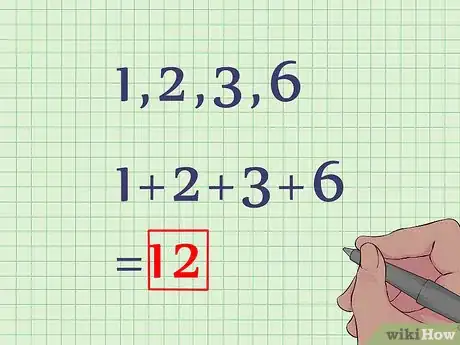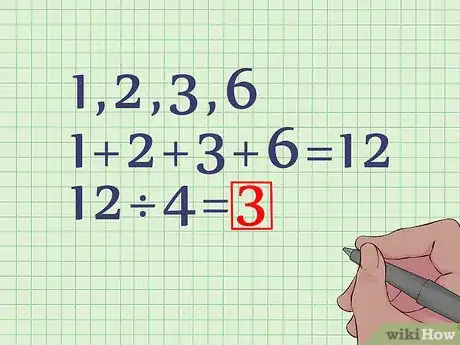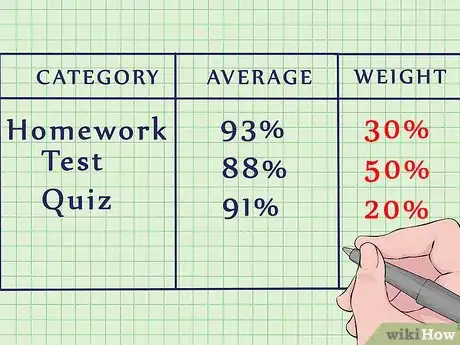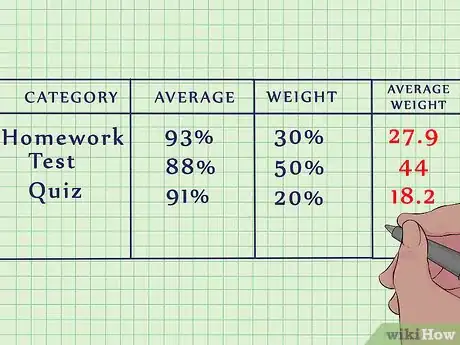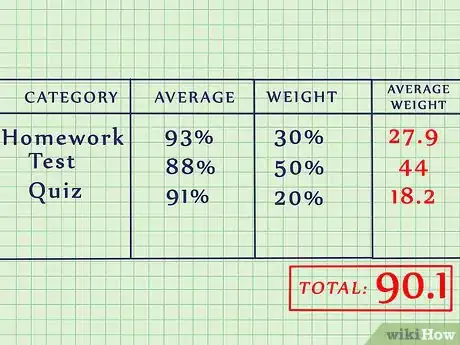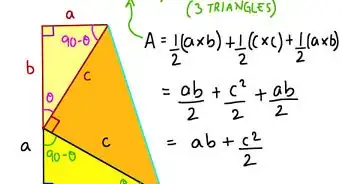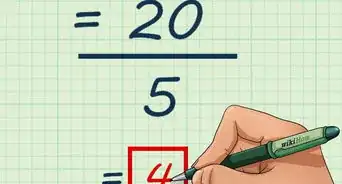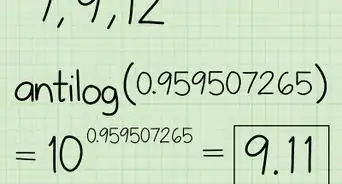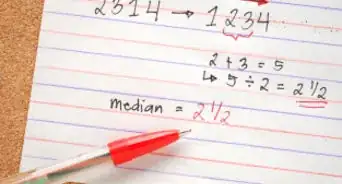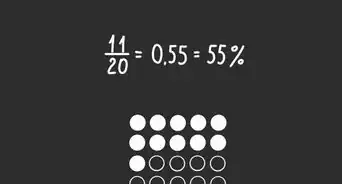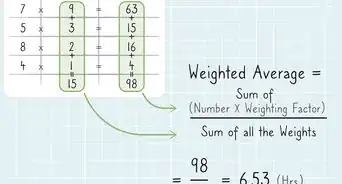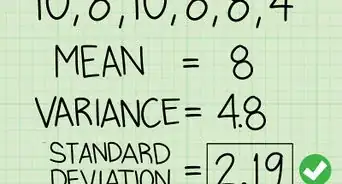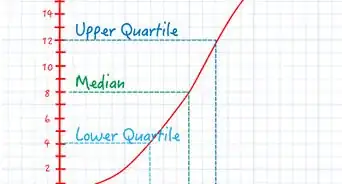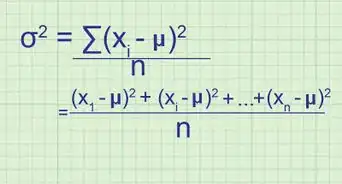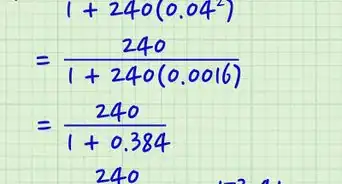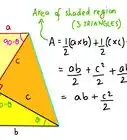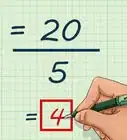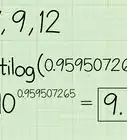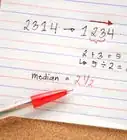This article was co-authored by Mario Banuelos, PhD. Mario Banuelos is an Assistant Professor of Mathematics at California State University, Fresno. With over eight years of teaching experience, Mario specializes in mathematical biology, optimization, statistical models for genome evolution, and data science. Mario holds a BA in Mathematics from California State University, Fresno, and a Ph.D. in Applied Mathematics from the University of California, Merced. Mario has taught at both the high school and collegiate levels.
This article has been viewed 505,090 times.
If you have a list of numbers, or a set, you can use the numbers to find an average, which is a central point in the group. In everyday life, you might need to calculate an average to estimate your monthly expenses, find out about how much time it usually takes to accomplish a task, or determine the rough size of a crowd based on previous attendance.
Things You Should Know
- To find the average, find the sum of all the numbers and divide the result by the amount of numbers in the set.
- For the weighted average, find the average of each category and the weight category of each average.
- Then, multiply each average by its weight category and add the results to find your answer.
Steps
Finding the Average
Finding the Weighted Average
-
1Write down the average of each category. Use the method of finding the average -- adding up all of the numbers in the set and dividing the result by the amount of numbers -- to find the average of each category.[5] Let's say you're trying to find your weighted average for a class and you're working with the following averages and weight categories:[6]
- Homework average = 93%
- Test average = 88%
- Quiz average = 91 %
-
2
-
3Multiply each average by its weight category. Now, simply convert each weight category into a decimal and then multiply it by the average it represents. 30% is really .3, or 3/10 of the final grade, 50% is really .5, or 1/2 of the total grade, and 20% is really .2, or 2/10 of the final grade.[9] Now, multiply these decimal-converted weight categories by the averages they represent.[10]
- Homework average =
- Test average =
- Quiz average =
-
4
Community Q&A
-
QuestionThe average of 4 numbers is 56. If the average of 3 of the numbers is 52, what is the 4th number?
 DonaganTop AnswererThe sum of the four numbers is 4 x 56. The sum of the three numbers is 3 x 52. The difference between the those two sums is the fourth number.
DonaganTop AnswererThe sum of the four numbers is 4 x 56. The sum of the three numbers is 3 x 52. The difference between the those two sums is the fourth number. -
QuestionIf the average age of three brothers is 15, and two brothers are 15 and 12, how do I find the age of the third brother?
 Community Answer15 times 3 equals 45, 12 plus 15 equals 27, 45 minus 27 equals 18. The third brother's age is 18. Check: 15 plus 12 equals 27, 27 plus 18 equals 45, and 45 divided by 3 equals 15.
Community Answer15 times 3 equals 45, 12 plus 15 equals 27, 45 minus 27 equals 18. The third brother's age is 18. Check: 15 plus 12 equals 27, 27 plus 18 equals 45, and 45 divided by 3 equals 15. -
QuestionHow do I find the average of 4kg, 240g, and 167g?
 Community AnswerTo find the average, add all of the numbers in the set. In your case, 4000, because 1kg+1000g, 4000+240+167 = 4407. Then, because there are three numbers, divide by 3 4407/3 = 1469.
Community AnswerTo find the average, add all of the numbers in the set. In your case, 4000, because 1kg+1000g, 4000+240+167 = 4407. Then, because there are three numbers, divide by 3 4407/3 = 1469.
References
- ↑ Mario Banuelos, PhD. Assistant Professor of Mathematics. Expert Interview. 11 December 2020.
- ↑ https://www.omnicalculator.com/math/average
- ↑ https://www.mathsisfun.com/mean.html
- ↑ Mario Banuelos, PhD. Assistant Professor of Mathematics. Expert Interview. 11 December 2020.
- ↑ Mario Banuelos, PhD. Assistant Professor of Mathematics. Expert Interview. 11 December 2020.
- ↑ https://www.indeed.com/career-advice/career-development/how-to-calculate-weighted-average
- ↑ Mario Banuelos, PhD. Assistant Professor of Mathematics. Expert Interview. 11 December 2020.
- ↑ https://www.omnicalculator.com/math/weighted-average
- ↑ Mario Banuelos, PhD. Assistant Professor of Mathematics. Expert Interview. 11 December 2020.
- ↑ https://sciencing.com/calculate-grades-weighted-percentages-7648649.html
- ↑ https://www.omnicalculator.com/math/weighted-average
- ↑ Mario Banuelos, PhD. Assistant Professor of Mathematics. Expert Interview. 11 December 2020.
About This Article
To determine an average, first add together all the numbers in the set. For example, if your set is 1, 2, 3, and 4, you would add all of those numbers together to get 10. Next, count how many numbers are in the set - in this case, 4. Divide your sum by the amount of numbers in the set. The result is your answer. Keep reading the article if you want to learn how to find a weighted average!
